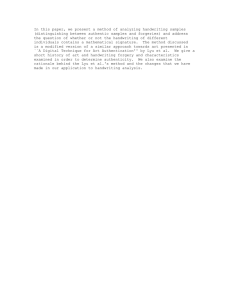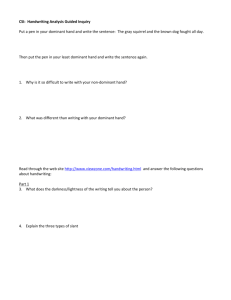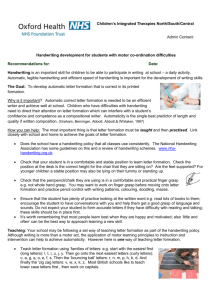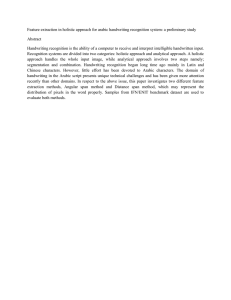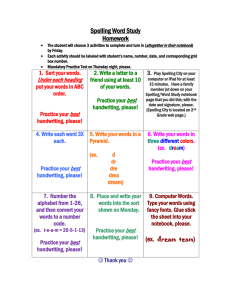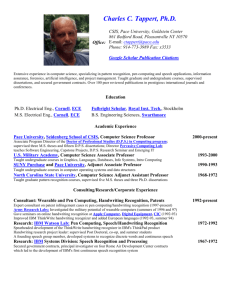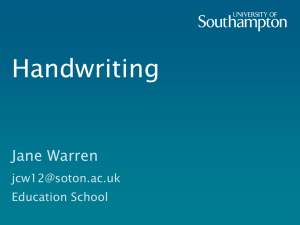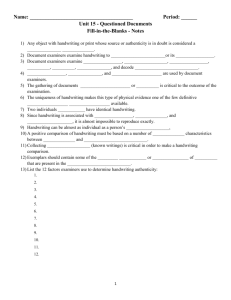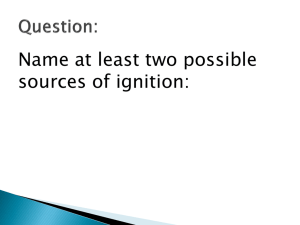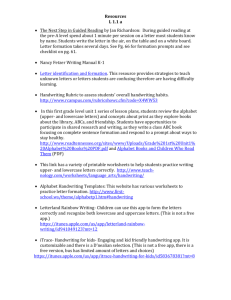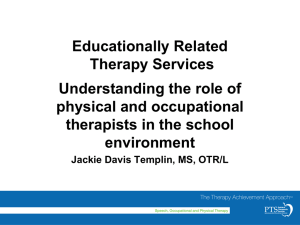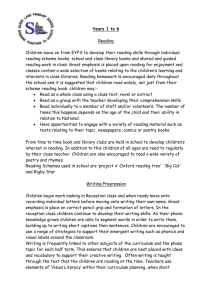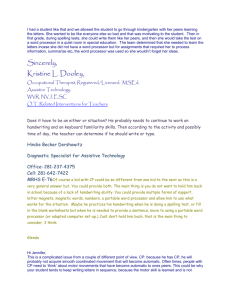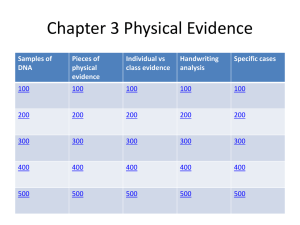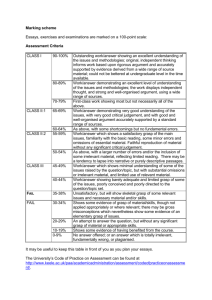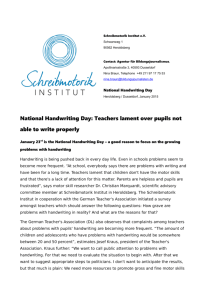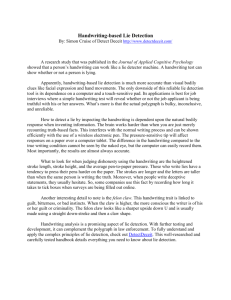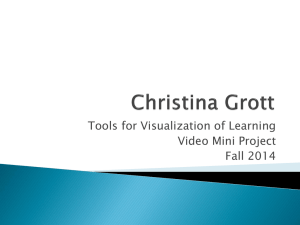Letter formation - Oxford Health NHS Foundation Trust
advertisement
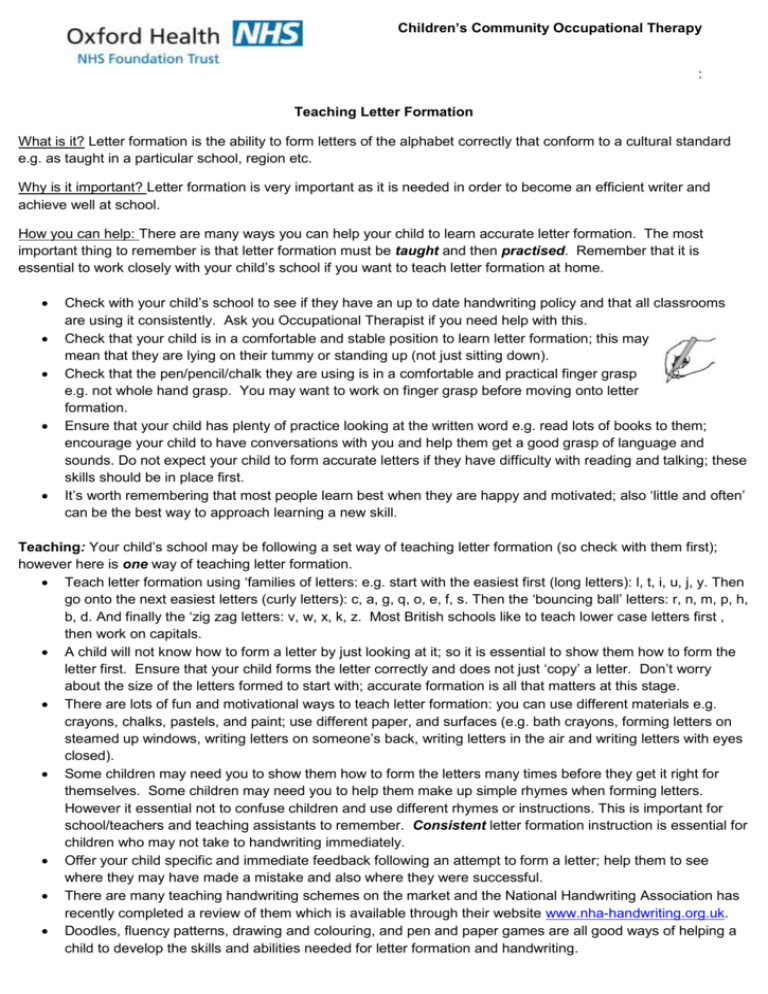
Children’s Community Occupational Therapy : Teaching Letter Formation What is it? Letter formation is the ability to form letters of the alphabet correctly that conform to a cultural standard e.g. as taught in a particular school, region etc. Why is it important? Letter formation is very important as it is needed in order to become an efficient writer and achieve well at school. How you can help: There are many ways you can help your child to learn accurate letter formation. The most important thing to remember is that letter formation must be taught and then practised. Remember that it is essential to work closely with your child’s school if you want to teach letter formation at home. Check with your child’s school to see if they have an up to date handwriting policy and that all classrooms are using it consistently. Ask you Occupational Therapist if you need help with this. Check that your child is in a comfortable and stable position to learn letter formation; this may mean that they are lying on their tummy or standing up (not just sitting down). Check that the pen/pencil/chalk they are using is in a comfortable and practical finger grasp e.g. not whole hand grasp. You may want to work on finger grasp before moving onto letter formation. Ensure that your child has plenty of practice looking at the written word e.g. read lots of books to them; encourage your child to have conversations with you and help them get a good grasp of language and sounds. Do not expect your child to form accurate letters if they have difficulty with reading and talking; these skills should be in place first. It’s worth remembering that most people learn best when they are happy and motivated; also ‘little and often’ can be the best way to approach learning a new skill. Teaching: Your child’s school may be following a set way of teaching letter formation (so check with them first); however here is one way of teaching letter formation. Teach letter formation using ‘families of letters: e.g. start with the easiest first (long letters): l, t, i, u, j, y. Then go onto the next easiest letters (curly letters): c, a, g, q, o, e, f, s. Then the ‘bouncing ball’ letters: r, n, m, p, h, b, d. And finally the ‘zig zag letters: v, w, x, k, z. Most British schools like to teach lower case letters first , then work on capitals. A child will not know how to form a letter by just looking at it; so it is essential to show them how to form the letter first. Ensure that your child forms the letter correctly and does not just ‘copy’ a letter. Don’t worry about the size of the letters formed to start with; accurate formation is all that matters at this stage. There are lots of fun and motivational ways to teach letter formation: you can use different materials e.g. crayons, chalks, pastels, and paint; use different paper, and surfaces (e.g. bath crayons, forming letters on steamed up windows, writing letters on someone’s back, writing letters in the air and writing letters with eyes closed). Some children may need you to show them how to form the letters many times before they get it right for themselves. Some children may need you to help them make up simple rhymes when forming letters. However it essential not to confuse children and use different rhymes or instructions. This is important for school/teachers and teaching assistants to remember. Consistent letter formation instruction is essential for children who may not take to handwriting immediately. Offer your child specific and immediate feedback following an attempt to form a letter; help them to see where they may have made a mistake and also where they were successful. There are many teaching handwriting schemes on the market and the National Handwriting Association has recently completed a review of them which is available through their website www.nha-handwriting.org.uk. Doodles, fluency patterns, drawing and colouring, and pen and paper games are all good ways of helping a child to develop the skills and abilities needed for letter formation and handwriting.

